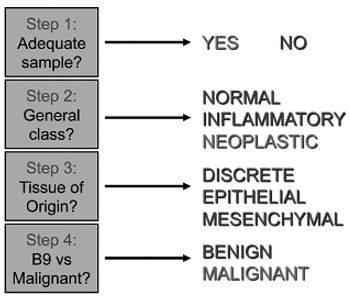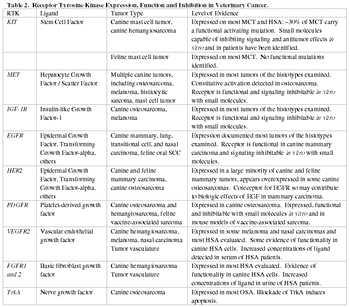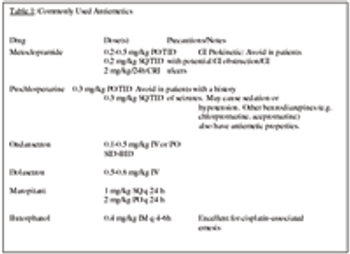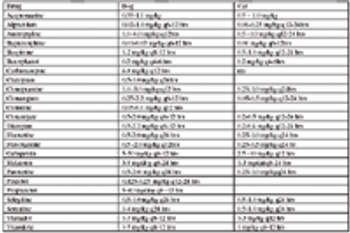
The process of radiation oncology from the time of patient identification to completion of radiation therapy is undoubtedly a complex one and requires significant communication between all services from the moment a potential radiation patient is seen and certainly prior to any surgical intervention. Listed below is an outline of the radiation process and treatment considerations at each step.









